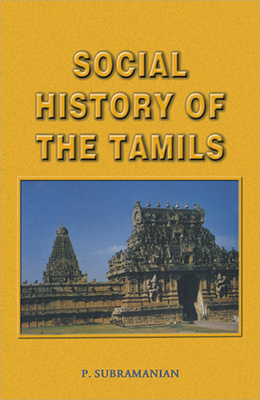-


Ethnobotany of The K...
Ethnobotany of The Kondh, Poraja, Gadaba and Bonda of the Koraput Region of Odisha, India
by: F. Merlin Franco , D. NarasimhanThe book discusses the history and importance of ethnobotany with specific reference to certain tribes of the Odisha state. It provides the cross-cultural comparative ethnobotanical descriptions of 210 species of plants used by the communities for various purpose.
$42.00
ISBN: 9788124606193
Year Of Publication: 2012
Edition: 1st
Pages : xiii, 254p.
Bibliographic Details : 111 coloured photographs, Bibliography; Indices
Language : English
Binding : Hardcover
Publisher: D.K. Printworld Pvt. Ltd.
Size: 25 cm.
Weight: 750
Understanding the ecological knowledge of tribal and rural societies is necessary to conserve and sustain natural resources. This volume discusses the history and importance of ethnobotany with specific reference to four tribal communities of Odisha, India. It begins with an account of the nature of the tribes involved in the study. Based on participatory fieldwork, it presents an insider’s account of the tribal culture and its relationship with plants. It provides the ethnobotanical descriptions of 210 species of plants belonging to 77 families, presenting their local names, origin and the medicinal, cultural, culinary, economic, ecological uses of the species. It takes up study of the plants used by tribes in the drug-based and spiritual healing processes elaborating the philosophies behind knowledge transmission such as divination, hereditary, discipleship and kinship. Related aspects such as disease diagnosis, diet restrictions and rituals are depicted in detail. There is a special chapter on forests and non-timber forest products (NTFPs) that details the efforts of communities in forest conservation, their land-use patterns, forest classification systems, list of NTFPs and their harvest-consumption patterns. It also deals with the role of NGOs, middlemen and government agencies in this. Throughout, the emphasis is on the philosophical relationship of the communities with their ecosystem.
The book would prove extremely useful to policy-makers, academicians, social workers and general readers looking forward to accompany the tribal communities towards ethno-sensitive development.
Preface
Acknowledgement
1. Introduction
2. Locality, Communities and Method of Study
3. Enumeration of Ethnobotanical Plants
4. Ethnotaxonomy of Plants
5. Plants and Concepts in Healing
6. Forests and Non-Timber Forest Products
7. Agro-biodiversity
8. Indigenous Technologies
Plates
Bibliography
General Index
Index of Botanical Names
Index of Local Names





